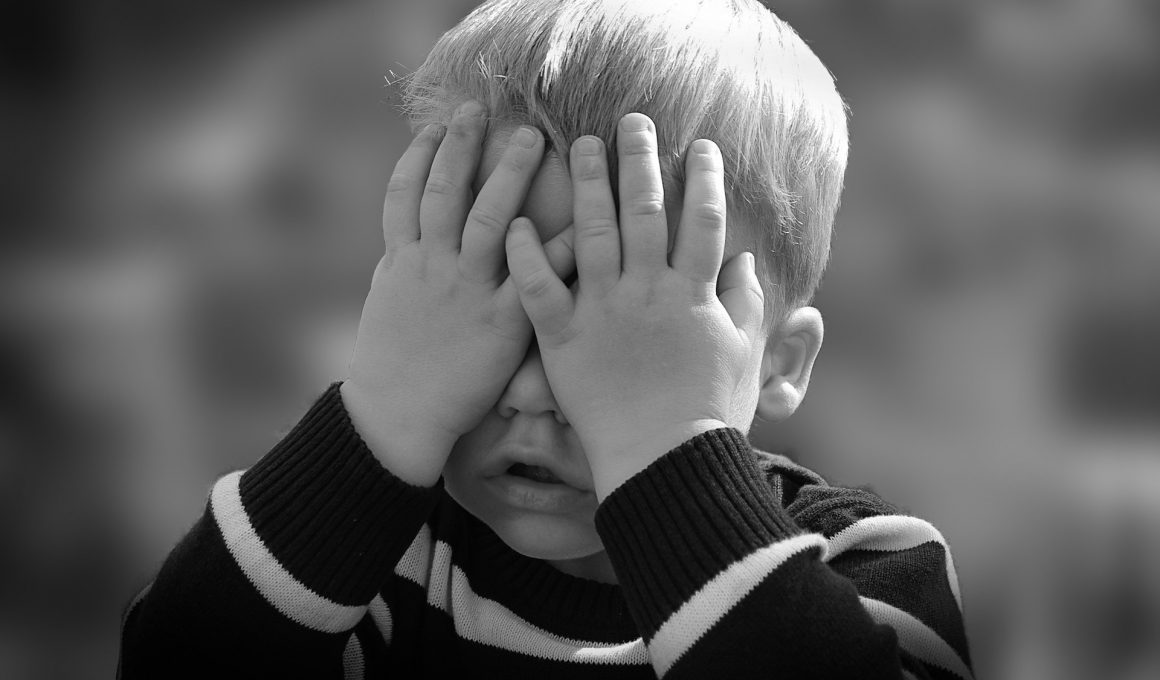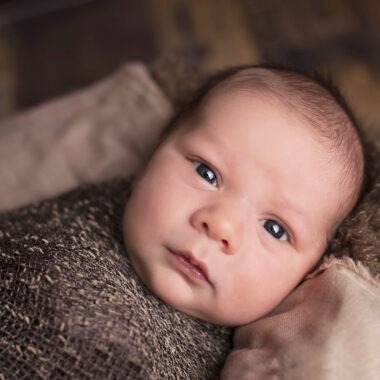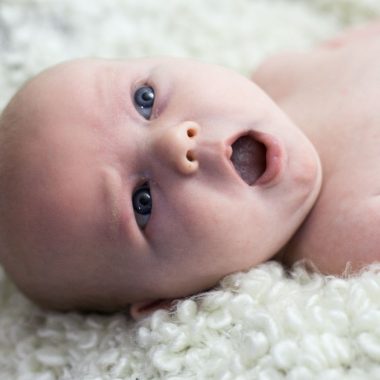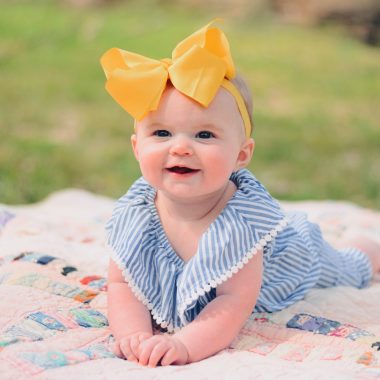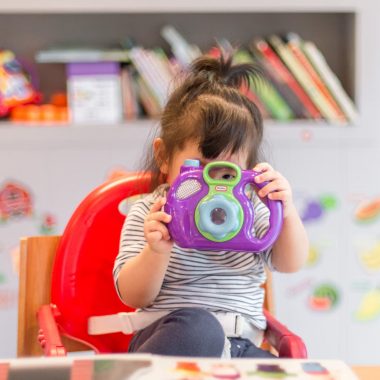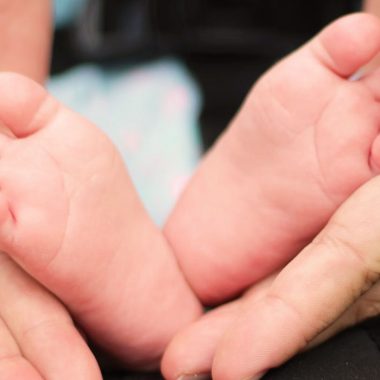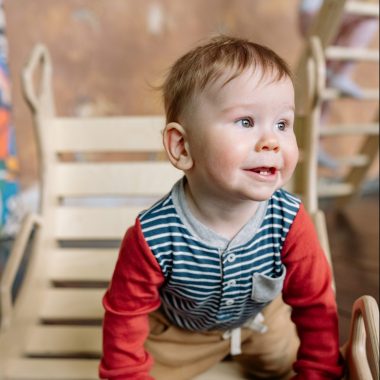If you have a child, then you sure have played hide and seek or peekaboo with them. According to child experts, you just helped your baby develop the concept of object permanence. Yup, with a little fun game!
Object permanence is an important cognitive milestone that your baby learns throughout their first year of life. This concept, which the child psychologist and researcher first discovered, Jean Piaget, has a significant role in the theory of cognitive development. It describes a child’s ability to know that things continue to exists even when you can not actively see or hear them.
Babies under a certain age become upset when an object, a pet or a person is out of sight. This is because they are too young to understand that the object, the pet or the person still continues to exist even though they can’t see or hear them.
In the following article, you will learn more about the concept of object permanence and why it is so important.
What is object permanence?
Object permanence is an important cognitive milestone a baby reaches when they begin to understand that a parent, other familiar people, a pet, a toy or any other object still exists even if though they can’t see or hear it.
First discovered by a psychologist named Jean Piaget, object permanence means that your baby has started being able to imagine or “see” a person, a pet or anything in their mind, even if it’s not present in front of them.
ALSO READ: Baby Hearing Development: All You Need to Know
Why is object permanence important?
Before your baby develops object permanence, from their point of view, things that leave their sight are gone and don’t exist any more.
For example, when your infant drops a toy out of view, they don’t look around to find it. But once they start developing object permanence, they begin to look for the item or express their unhappiness about not having it at that moment.
Developing object permanence is important because it’s the first step to other types of symbolic understanding and reasoning, such as pretend play, memory development, and language development. Object permanence is also important for the emotional development of the baby, including forming developing attachments.
So the development of object permanence helps your baby reach many important milestones:
- memory development
- exploration
- pretend play
- language acquisition
When does object permanence develop?
Jean Piaget, who pioneered the concept of object permanence, suggested that this concept doesn’t develop until a baby is about 8 months old.
However, more recent research shows that babies start to understand object permanence between 4-7 months of age.
You should know that as in all the other milestones of a baby, object permanence does not occur overnight. It takes time to fully develop.
The following table shows a few developmental concepts that lead up to object permanence and at what stage they appear:
Babies' Age | Developmental Concept |
Newborns | Facial recognition |
3 months | Object recognition |
4-6 months | Cause and effect |
8-9 months | Looking for hidden objects |
By 12 months | By the time your baby celebrates their first birthday, they will be able to easily find objects they see you hide. |
ALSO READ: Tummy Time 101 – Why Your Baby Needs It
What is the relationship between object permanence and separation anxiety?
As your baby learns about object permanence, they may start to show signs of separation anxiety.
Separation anxiety is a common part of the development process for infants and toddlers.
During this phase, your baby may be afraid when they are separated from you or any other caregiver and might cry when you leave.
When object permanence develops your baby knows that when you leave the room or the house, you are not gone forever. Even though they cannot see or hear you, you exist. And they are not happy that you’re not with them.
The baby doesn’t have an understanding of the concept of “time” (this develops at a later stage), they feel anxious. They want you to come back right now!
Separation anxiety peaks at around 9 months of age. The toughest stage of it is usually around 10-18 months.
Separation anxiety is a normal part of development and is temporary. Once your child starts realizing and accepting their individuality and grows self-awareness, you’ll be able to part from them without any crying bouts.
ALSO READ: Separation Anxiety in Babies: Signs, Causes and How to Handle It
What can I do to help my baby develop object permanence?
Playing with your baby is always the best way to help them with their development. Playing helps your baby master new skills and object permanence is no exception.
Below are two classic games to try for object permanence and help your baby get more used to the idea that even though you might go away for a bit, you will be back!
Peekaboo
You were probably playing this classic when you were little, so you know what to do: Cover your face with your hands, then open them as you say, “Peekaboo!”
You can cover your face with anything; your hands, a blanket, your sweater, a towel, etc.
When your baby gets a bit older, hide your entire head with a blanket, and let your baby pull it off you.
You can also show your baby how to hide their face so the game can get more fun.
Hide-and-seek
There are endless variations to this game, using toys or yourself.
Babies and toddlers love finding objects, and hide-and-seek games (along with peekaboo) help boost their rapidly developing brains.
Let your 8 or 9 month old baby watch you hide a toy under a blanket, but leave some of the toy sticking out in plain view. Then let your baby find it.
When your baby is a bit older, you can hide the toy completely.
Toddlers also love hide-and-seek, and you can always add more action to the game. Take turns hiding and follow up with a short chase after you’ve found each other.
Your baby loves the sound of your voice, so make sure to talk to them throughout the games, you play, encouraging them and cheering them on when they find objects. It also helps to keep talking when you leave the room. This lets them know you’re still nearby.
Grasping the concept of object permanence is a sign that your baby now has the memory and the ability to think abstractly, which helps set the groundwork for other milestones.
References: webmd.com, verywell.com, whattoexpect.com, implypsychology.org, sciencedirect.com


